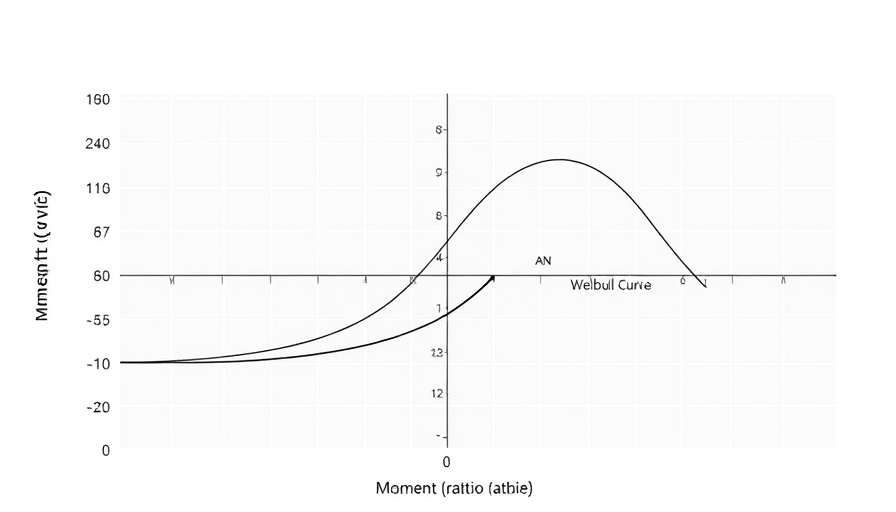
Understanding Moment-Ratio Diagrams in AI
Moment-ratio diagrams are crucial tools in statistical modeling, especially when it comes to univariate distributions. They provide insights that can significantly impact how data scientists and AI researchers approach data modeling tasks. In this article, we will explore how to enhance a moment-ratio diagram by adding a curve for specific probability distributions, particularly the Weibull distribution.
What is a Moment-Ratio Diagram?
A moment-ratio diagram visually represents the relationship between skewness and kurtosis of various distributions. This can help data analysts and machine learning practitioners quickly determine the appropriate statistical distribution for their data sets. For instance, one can plot sample skewness and kurtosis to compare their calculations with common distributions, such as normal or exponential distributions. Accessing this visual framework allows for quicker and more informed decision-making in data modeling.
Enhancing the Diagram: Adding Curves
The ability to add curves for distributions not represented in the original diagram opens new avenues for statistical analysis. For example, many researchers use the Weibull distribution when dealing with reliability data or failure rates. By incorporating the Weibull curve into the moment-ratio diagram, users can visualize how this distribution behaves in terms of skewness and kurtosis. The process for adding this curve involves manipulating an annotation dataset within SAS, which streamlines the diagram's functionality.
A Step-by-Step Approach to Modify the M-R Diagram
To add curves to the moment-ratio diagram, you will need to download and run a specific SAS program. This program creates an annotation dataset named "Anno," which captures the required skewness-kurtosis relationships. Once the dataset is generated, you can call a macro to overlay additional points on the diagram using the sample data.
The key command looks like this:
%PlotMRDiagram(DS, Anno, Transparency=0)This command overlays the sample’s skewness and kurtosis values, enabling a clear comparison with the additional curves. For deeper analysis, you can adjust the transparency to highlight a more comprehensive view of how well each distribution fits your data.
Why Data Scientists Should Utilize Moment-Ratio Diagrams
As AI learning and technologies evolve, tools like the moment-ratio diagram become invaluable for practitioners in data science. Not only do these diagrams help visualize complex statistical relationships, but they also enable analysts to make data-driven decisions more efficiently. By plotting actual data within these diagrams, users can better determine suitable models for their data and improve their predictive accuracy.
Further Learning: AI Science Insights
To fully leverage statistical tools in AI learning paths, researchers are encouraged to dive deeper into statistical programming and data visualization techniques. Tools like SAS demonstrate profound capabilities in creating visually impactful and informative diagrams for data analysis, meeting the evolving demands of AI science.
Practical Insights for Future Applications
Looking ahead, incorporating advanced statistical tools such as moment-ratio diagrams in AI learning platforms can foster a deeper understanding of data distributions. As AI continues to reshape industries, mastering these tools will enable better forecasting and data-driven strategy formulation.
By understanding how to accurately represent data, AI practitioners can enhance the robustness and efficacy of their models, particularly in applications involving predictive analytics and machine learning algorithms.
 Add Row
Add Row  Add
Add 




Write A Comment